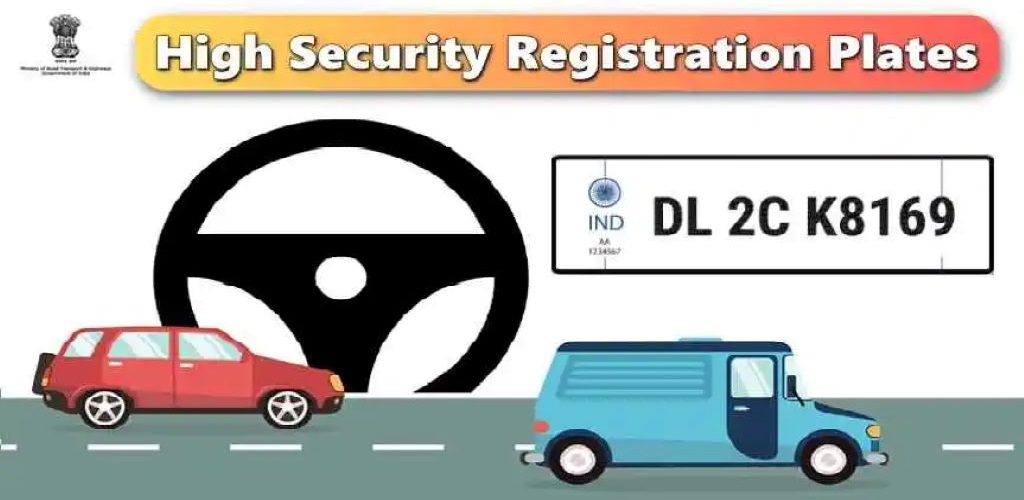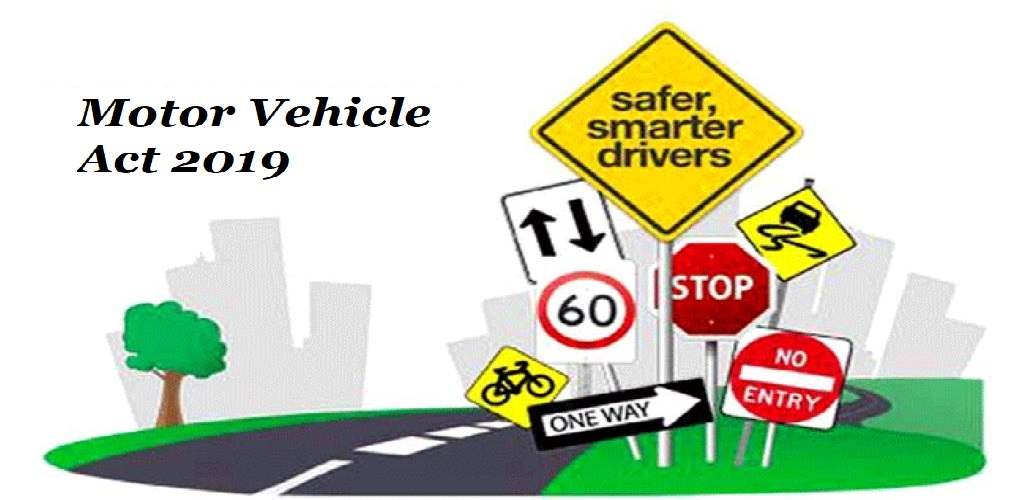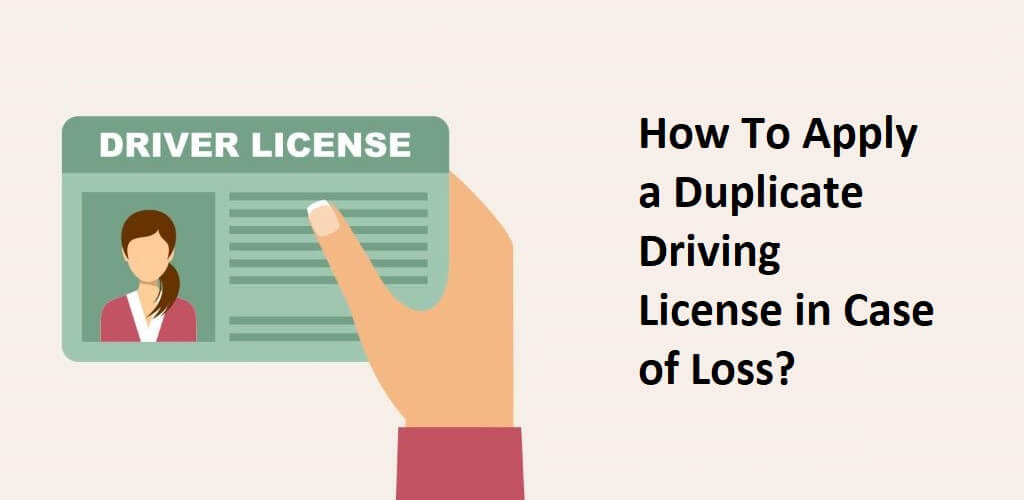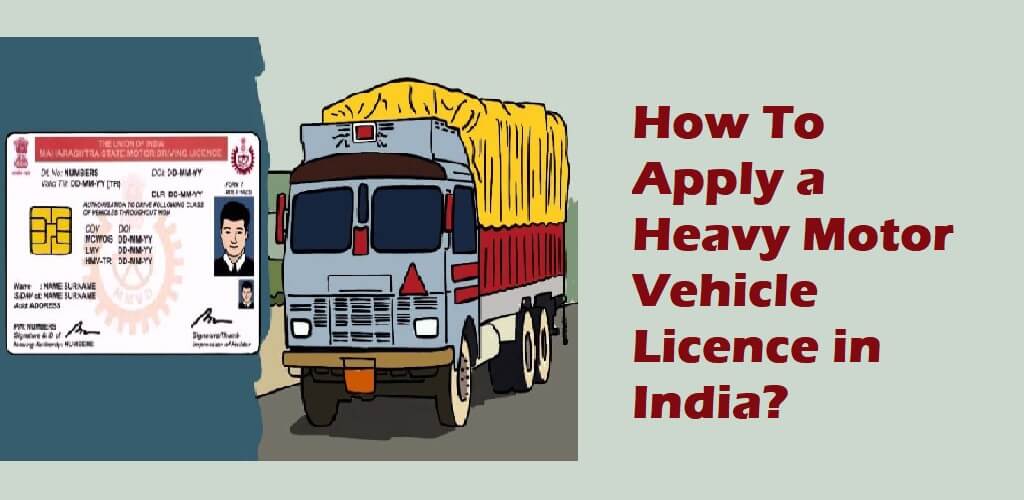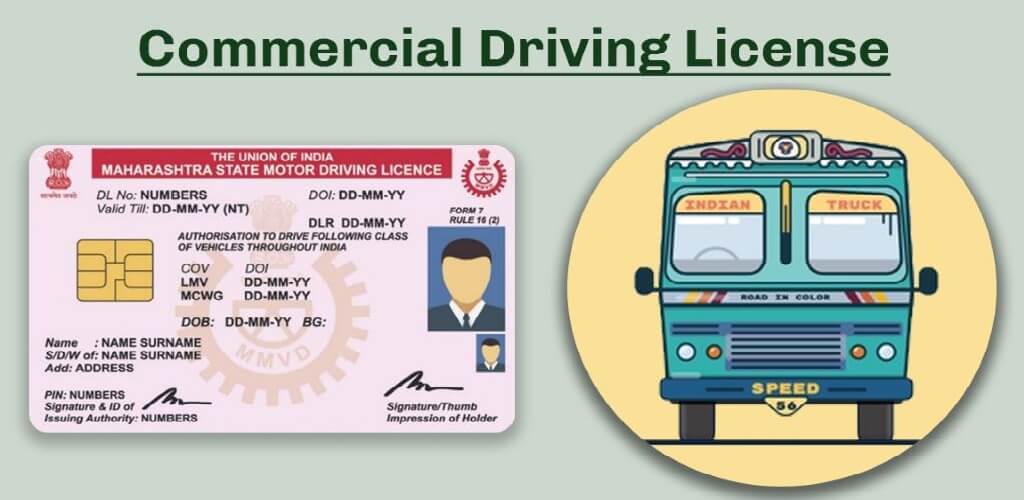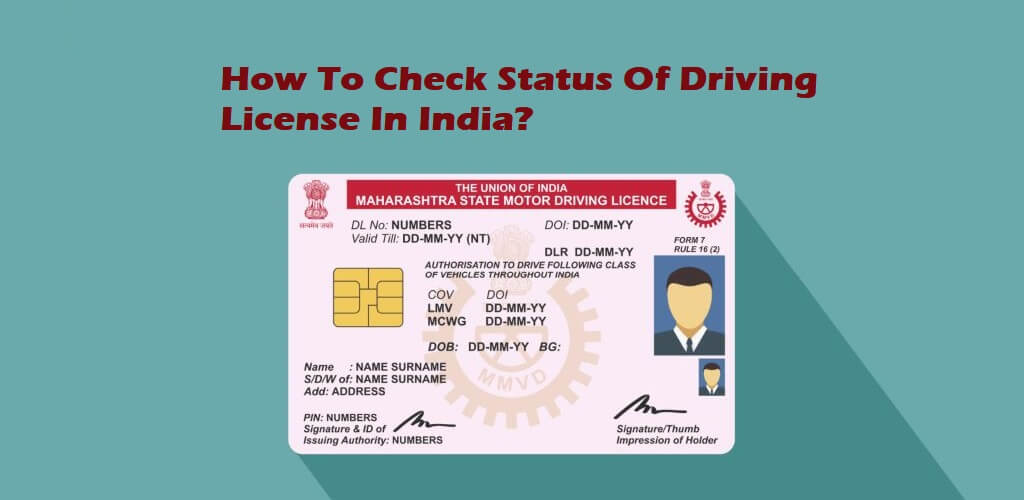Driving your favorite bike or car around the city may make you feel excited and free. But what if someone steals your vehicle?
Did you know that vehicle thefts in India shot up by 2.5 times in 2023 compared to 2022?
Well, that’s where High-Security Registration Plates, or HSRP, come in to save the day! The Ministry of Road Transport and Highways (MoRTH) and Delhi Transport Department made it mandatory for older vehicles, sold before April 2019, to have HSRPs and colour-coded plates.
HSRP plates in India are special license plates designed to increase vehicle security. They have robust security features like unique numbers and holograms to stop copying and messing with them. This helps track vehicles better and lowers the chances of theft.
Stay tuned as this post will highlight some of the most important aspects of this plate.
A Brief History Of HSRP
In India, vehicle registration plates have a long history. They started in 1988, when the Motor Vehicles Act was introduced. At first, these plates were simple, just numbers and letters.
But as time went on, things changed. In 1989, the government made it mandatory to have standardized plates across the country. Then, in 2005, high-security features like holograms were added to prevent fraud and theft. Fast forward to today, we have HSRP to keep our vehicles safe and traceable.
What Are The Components Of HSRP?
The HSRP consists of the following elements:
- Hot-Stamped Chromium-Based Ashoka Chakra Symbol: This is a special symbol that looks like a circle with 24 spokes. It’s called the Ashoka Chakra, and it represents India’s national pride and unity. It’s made using a process called hot stamping, which makes it shiny and durable.
- International Registration Code For India: Every country has its own unique code for vehicle registration. For India, it’s “IND” which stands for India. It’s like a little flag that tells people where the vehicle is from.
- Unique Laser Etched Serial Number: Each HSRP has its own special number, which is like a secret code that belongs only to that vehicle. This number is made using lasers, which make it very precise and hard to copy.
- State Code: This is a two-letter code that represents the state where the vehicle is registered. For example, “HR” stands for Haryana, “RJ” stands for Rajasthan, and “DL” stands for Delhi. It helps identify which state the vehicle belongs to.
- District Code: This is another code (in numerical form) that tells us which district within the state the vehicle is registered in. It’s like a smaller piece of the puzzle that helps narrow down where the vehicle comes from.
- Unique Alpha-Numeric Combination Code: Finally, there’s a special code that combines letters and numbers. It’s unique to each vehicle and helps identify it accurately. This code is like the vehicle’s fingerprint, making it easy to distinguish it from others.
How HSRP Plate Is Different From The Conventional Plate In India?
Let’s see the differences between the conventional plate and the HSRP plate in India!
| Parameters | HSRP Number Plate | Normal Number Plate |
| Material | It is strictly made of aluminum and non-reusable items. | It can be made of various materials. |
| Security | Laser-encoded pins enhance security, making tampering difficult. | Lack of laser-encoded security features. |
| Symbol | Consists of a chromium-based Ashoka Chakra. | No mandatory symbol. |
| Scannable Information | It can be scanned for various necessary purposes. | Not designed for scanning purposes. |
| Color-Coded Stickers | Mandatory use of color-coded stickers for conveying vehicle information. | Absence of color-coded stickers. |
| Replacement | Replacement is only possible through registered retailers. | It can be replaced easily. |
What Are The Benefits Of HSRP?
You will get the following benefits after applying the HSRP plate:
Built To Last:
High-Security Registration Plates (HSRP) are made from high-quality aluminum, making them extremely durable and unbreakable.
Unlike traditional number plates that can crack or break under pressure, these plates withstand wear and tear, ensuring they remain intact for years. This durability ensures vehicle owners’ peace of mind and keeps the registration information clear and intact over time.
Traceable Plates:
HSRP plates have a unique identification number and are linked to a central database. This feature makes it simple for authorities to trace the vehicle’s owner if the car is stolen.
The police can quickly access the registered details and track down the vehicle, significantly increasing the chances of recovery. This traceability offers an added layer of security for vehicle owners.
Anti-Theft Design:
Before April 2019, number plates were easy to remove and replace, aiding car thieves in evading detection. HSRP plates, however, have a snap-lock that is non-removable and ono-resuable.
This means once the plate is attached, it can’t be taken off without destroying it. This tamper-proof feature makes it much harder for thieves to alter the vehicle’s identity, thus reducing the chances of theft and aiding in vehicle recovery.
Genuine & Authorized:
These plates are only installed by authorities through registered persons. To get an HSRP, vehicle owners must provide detailed information like the engine number and chassis number.
This strict process ensures that only genuine and authorized plates are issued, making it impossible to create counterfeit HSRP plates.
Centralized Information:
When you get an HSRP, important details about your car, such as the engine number and chassis number, are recorded in a central database.
This centralized information system helps authorities track and identify vehicles more efficiently. In case of theft or any legal issue, this data allows for quick and accurate tracking of the vehicle, ensuring better security and regulation.
Easy Readability:
Previously, number plates came in various fonts and styles, often customized by vehicle owners, making it difficult for traffic police to read them, especially when the vehicle was moving.
HSRP plates use standardized fonts and styles, which are easy to read at a glance. This uniformity helps law enforcement and traffic authorities quickly and accurately identify vehicles, improving road safety and enforcement.
Simplified Identification Through Color-Coded Stickers:
HSRP plates also come with color-coded stickers that indicate the type of fuel the vehicle uses.
For example,
- ‘Green’ indicates BS6 diesel and petrol cars.
- ‘Orange’ indicates BS4 diesel cars.
- ‘Blue’ indicates BS4 petrol cars.
These stickers help authorities quickly identify the fuel type, which is useful in enforcing environmental regulations and ensuring vehicles comply with emission standards. This simple visual cue aids in better traffic management and pollution control.
How To Apply For HSRP Online?
For applying for HSRP, you can follow the below-mentioned steps:
Only for HSRP with Color Coded Stickers:
- Go to the official “Book My HSRP” website.
- Click the “Book” button.
- Fill in your state, registration number, engine number, chassis number, and other information.
- Enter the captcha code provided on the website and then press “Click Here”.
- Choose your preferred location and appointment slot for plate installation.
- Review your booking details, make the payment, and download the payment receipt for your records.
- You will get a notification on your registered mobile number when your HSRP is ready for installation.
Application for Only Color Coded Sticker:
- Open the “Book My HSRP” website.
- On the homepage, choose the “ONLY COLOUR STICKER” tab and click the “Book” button.
- Fill in your state, registration number, chassis number, engine number, front laser code, rear laser code, and captcha code. Then press the “Click Here” button.
- Select the location where you want the color-coded stickers to be fitted on your vehicle.
- Pick a convenient appointment slot.
- Check the booking summary and verify your details.
- Complete the online payment for the application fee.
- Save the receipt for your records.
How To Track Your Application Status Of HSRP Number Plate?
To track your application status for an HSRP number plate in India, kindly follow the steps below:
- Go to the “Book My HSRP” webpage.
- On the homepage, choose the “Track Your Order” option from the menu and click on “Track”.
- Fill in your order number and vehicle registration number.
- Enter the captcha code displayed on the screen.
- Click the “Search” button to view the status of your High-Security Number Plate application online.
How To Get A Duplicate HSRP Number Plate For Your Vehicle?
To get a duplicate HSRP number plate for your vehicle, kindly follow the below-mentioned steps:
- Open the official “Book My HSRP” website.
- Go to “Replacement/Retain/Transfer” and then click “Book”.
- Enter your state, chassis number, vehicle registration number, and engine number.
- Enter the captcha code and click on ‘Click Here’.
- Select a convenient appointment slot and location for fitting the number plate.
- Check and verify all the information you have provided.
- Complete the payment process and download the receipt for your records.
Steps To Reschedule Your HSRP Number Plate Fitment Appointment
To reschedule your HSRP number plate fitment appointment, follow the below steps:
- Open the official “Book My HSRP” portal.
- Select the ‘Reschedule Appointment’ option on the webpage.
- Fill in your order number and vehicle registration number.
- Enter the captcha code displayed.
- Click on ‘Search’ to find a new appointment slot that suits your schedule.
Frequently Asked Questions
Listed below are the frequently asked questions related to the High-Security Registration Plate (HSRP).
No, HSRP must be installed by authorized dealers and vendors to ensure proper fitting and tamper-proofing.
The cost of an HSRP varies by state and vehicle type but generally ranges between INR 400 and INR 1,100.
The fitting process usually takes a few minutes once you have your appointment. You will be notified when your HSRP is ready.
You should apply for a duplicate HSRP through the “Book My HSRP” website by selecting the replacement option and providing the required details.
Yes, driving a vehicle without an HSRP can result in fines and penalties as per the Motor Vehicles Act.
HSRPs make it easier for law enforcement to track vehicles, reduce theft, and ensure compliance with registration and regulations.
Yes, HSRPs are designed to withstand harsh weather conditions, ensuring long-term durability and legibility.
No, HSRPs have a standardized design to ensure uniformity and compliance with regulations.
If your vehicle’s registration details change, you must apply for a new HSRP with the updated information.
No, HSRPs are specific to each vehicle and cannot be transferred. You must apply for a new HSRP for each vehicle.
Genuine HSRPs are issued and installed by authorized dealers and have unique identification features like laser-etched codes.
Yes, in many places, having color-coded stickers on HSRP plates is required by law.

